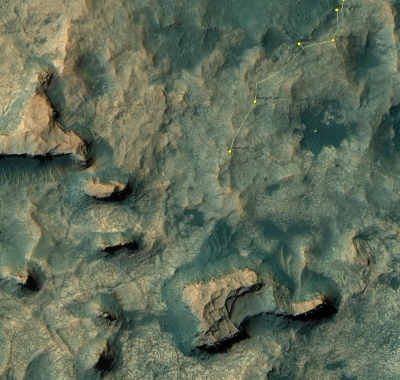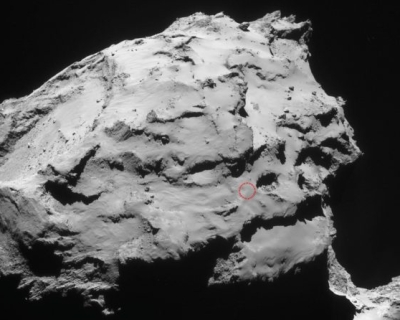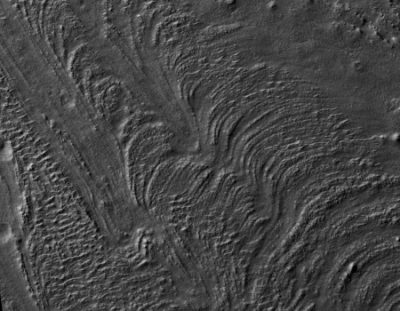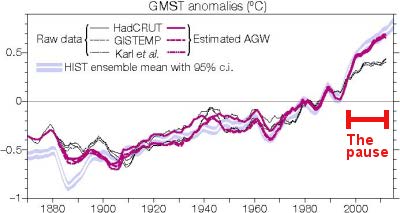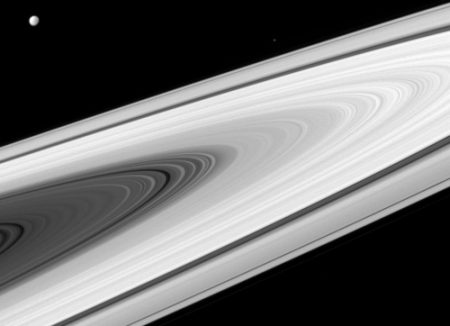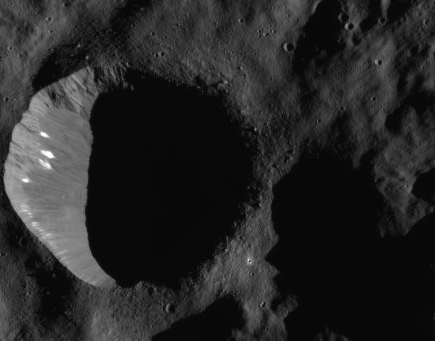The interior of Ceres
Using data from Dawn, scientists have created their first rough map of the internal structure of Ceres.
The data indicate that Ceres is “differentiated,” which means that it has compositionally distinct layers at different depths, with the densest layer at the core. Scientists also have found that, as they suspected, Ceres is much less dense than Earth, the moon, giant asteroid Vesta (Dawn’s previous target) and other rocky bodies in our solar system. Additionally, Ceres has long been suspected to contain low-density materials such as water ice, which the study shows separated from the rocky material and rose to the outer layer along with other light materials. “We have found that the divisions between different layers are less pronounced inside Ceres than the moon and other planets in our solar system,” Park said. “Earth, with its metallic crust, semi-fluid mantle and outer crust, has a more clearly defined structure than Ceres,” Park said.
Scientists also found that high-elevation areas on Ceres displace mass in the interior. This is analogous to how a boat floats on water: the amount of displaced water depends on the mass of the boat. Similarly, scientists conclude that Ceres’ weak mantle can be pushed aside by the mass of mountains and other high topography in the outermost layer as though the high-elevation areas “float” on the material below. This phenomenon has been observed on other planets, including Earth, but this study is the first to confirm it at Ceres.
In other words, Ceres behaves more like a semi-hardened blob of jello than a rock.
Using data from Dawn, scientists have created their first rough map of the internal structure of Ceres.
The data indicate that Ceres is “differentiated,” which means that it has compositionally distinct layers at different depths, with the densest layer at the core. Scientists also have found that, as they suspected, Ceres is much less dense than Earth, the moon, giant asteroid Vesta (Dawn’s previous target) and other rocky bodies in our solar system. Additionally, Ceres has long been suspected to contain low-density materials such as water ice, which the study shows separated from the rocky material and rose to the outer layer along with other light materials. “We have found that the divisions between different layers are less pronounced inside Ceres than the moon and other planets in our solar system,” Park said. “Earth, with its metallic crust, semi-fluid mantle and outer crust, has a more clearly defined structure than Ceres,” Park said.
Scientists also found that high-elevation areas on Ceres displace mass in the interior. This is analogous to how a boat floats on water: the amount of displaced water depends on the mass of the boat. Similarly, scientists conclude that Ceres’ weak mantle can be pushed aside by the mass of mountains and other high topography in the outermost layer as though the high-elevation areas “float” on the material below. This phenomenon has been observed on other planets, including Earth, but this study is the first to confirm it at Ceres.
In other words, Ceres behaves more like a semi-hardened blob of jello than a rock.

